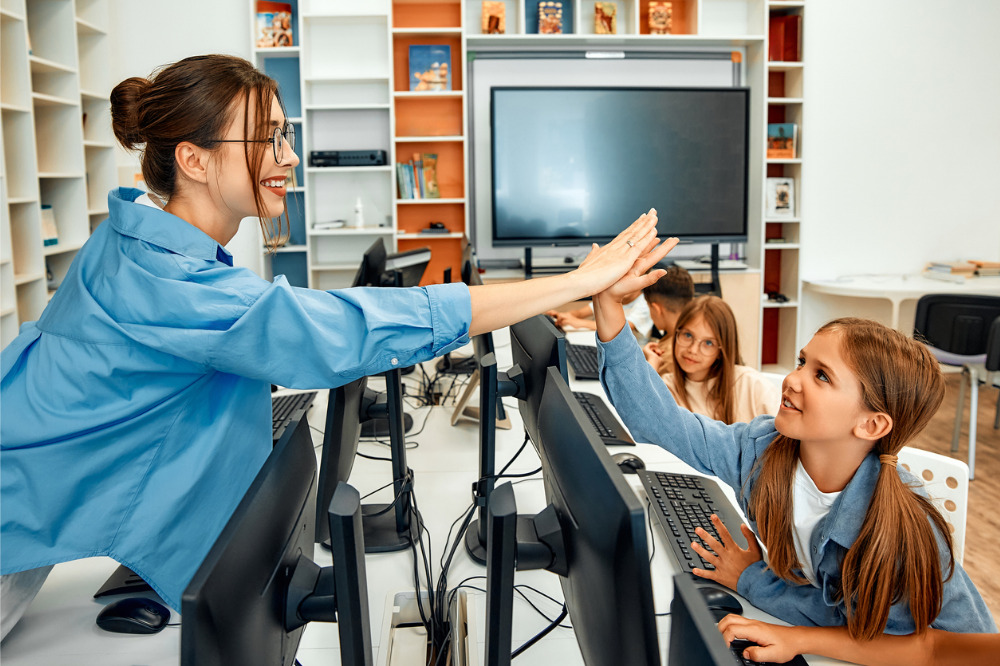
In schools across Australia, rapid advances in AI are offering educators crucial new insights into student learning, while also streamlining processes that teachers have tedious and time-consuming. Unsurprisingly, factors like these have seen increasing collaboration between edtech service providers and schools that are eager to help their students achieve their best.
To examine the ever-evolving role that edtech is playing in Australian schools, and its impact on students, teachers and leaders, the Australian Institute for Teaching and School Leadership (AITSL) produced a two-part research ‘spotlight’ report, titled: ‘Evaluating the evidence for educational technology’.
Edmund Misson, AITSL’s Acting CEO said this report summarises recent research on which edtech has positively impacted student learning.
“Given the multitude of edtech that is currently being used in innovative ways throughout Australian schools, teachers’ own professional networks may provide useful advice on what edtech and teaching approaches are useful for improving the digital literacy of students – based on the practical experiences of other teachers,” Misson told The Educator.
“Regardless of what the literature and colleagues recommend, it is crucial that teachers and schools systematically monitor the progress of their own students, to accumulate their own evidence as to what edtech and approaches work in their specific context.”
Misson said research demonstrates that teaching methods are more important for student outcomes than the specific technology.
“Effective teaching strategies produced the greatest benefit for both student learning and motivation, across multiple types of edtech.”
Misson said there is unfortunately limited guidance available nationally, or internationally, on how schools can balance the risks associated with overexposure to technology.
“The Australian guidelines on recreational screen time do not provide advice on educational use of IT,” he said. “To some extent, the onus is therefore on individual teachers to use their professional judgment, based on their students, student’s attention span, need for physical movement, or recent bullying.”
Misson said that as with all class activities, edtech use should have intended learning outcomes, rather than entertainment.
“Negative effects of edtech use can be addressed by discussing the underlying issues – including both online safety and ethical, societal and environmental issues – with students in an age-appropriate way, including raising awareness of the harm bullying can cause.”
Misson said professional learning that allows teachers to practice, apply their learning to their work and receive feedback is most likely to overcome teacher’s anxiety and promote confidence.
“This helps to boost teachers’ integration of edtech in the classroom,” Misson said. “Informal learning through colleagues, mentoring and collaborative, peer-learning can all be effective at improving both teachers’ confidence and skills.”
Additionally, says Misson, multiple, school-based sessions incorporating self-reflection, feedback and discussion is more likely to alter practice than one-off formal training courses that focus on the technical skills.
“Finally, teachers are more likely to integrate edtech as part of high-quality teaching where the professional learning undertaken also emphasises the importance of pedagogy-led edtech use; the value of edtech for enabling better teaching and student learning; and the importance of digital literacy for students’ future careers and life, more generally.”


